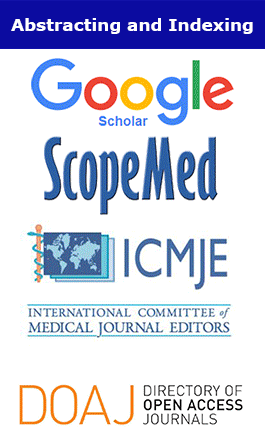Applied Medical Research. 2021;
8(1):(107-204)
Non-compliance with Wearing Facemasks thru Pandemics: Reappraisal of Interconnected Dynamics
Saeed Shoja Shafti
Abstract
Though immunization is the main approach for control and prevention of SARS-CoV-2, individual shielding
methods, such as wearing facemasks, are similarly significant defensive conducts to decrease the risk of
becoming infected with viral infections for the period of a pandemic. While medication non-compliance
is a common issue for clinicians, non-compliance with shielding measures, like wearing facemasks, for
prevention of infection in healthcare and community settings is rather a new problem. On the other hand,
while medication non-adherence has more an individual characteristic, non-compliance with protective
methods for prevention of contamination has more a social feature. In this regard, though, maybe, neither of
existing shielding measures nor the proposed strategies may promise a complete protection against the biotic
dangers, certainly acting in accordance with the safety methods will increase the popular protection and
health. But, why some of the people evade protective maneuvers and what is wrong with the reasonableness
and awareness that is expected to be revealed by all citizens? How the gloomy sequence of dispersion of
infectious diseases can be blocked or destabilized when the masses do not have confidence in favorable
recommendations that are issued by the most authentic universal administrations, like World Health
Organization, or the reliable and answerable native health executives. In the present article, after reviewing
the background of non-compliance in medicine, and chronology of wearing facemasks for prevention of
infection in community settings, the route of transmission of SARS-CoV-2 (COVID-19), and evidential
analysis of community masking has been talked over. In addition, after appraisal of plausible interconnected
psychodynamic and/or psychopathologic factors, the problem solving strategies, like increasing awareness
through education and feedback, and necessity of collaboration between health care practitioners and
people, has been stressed. While the promotion of compliance must be the responsibility of both the
health care professional and the populace, right interventions for targeting public misunderstandings about
recommended shielding maneuvers can reduce preventable infection rates during pandemic, and no longer
must the people be viewed as the only guilty party.

